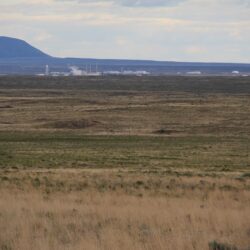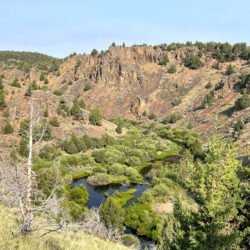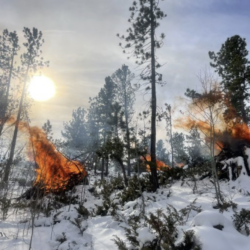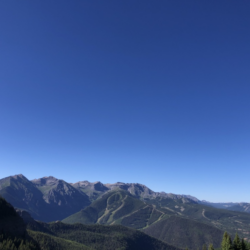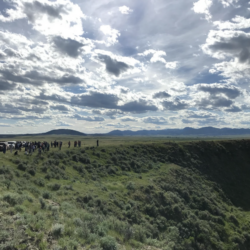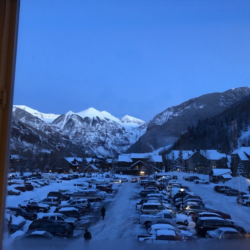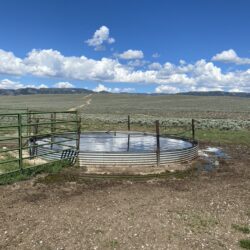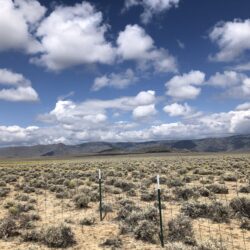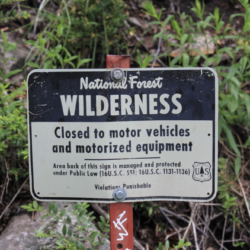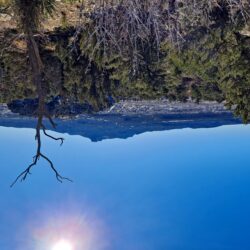Nuclear and Renewable Energy in Idaho and the American West
Aya is working on a two part project focusing on non-fossil fuel energy in the American West and its human and environmental impacts. She is studying communities and landscapes surrounding nuclear energy testing, research, and waste storage in the Snake River Plain of Idaho. Since 1949, southeastern Idaho has been the U.S.’ center of nuclear Read more about Nuclear and Renewable Energy in Idaho and the American West[…]

